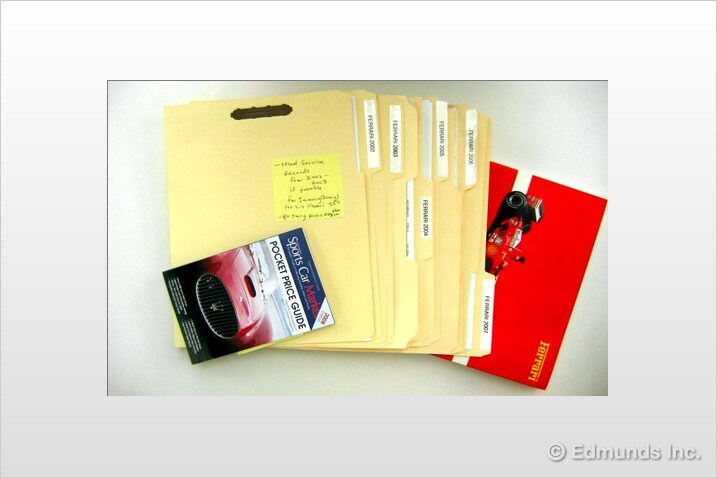Closing the Deal
Early on, I had given Robert all the service records to inspect. He had contacted the dealership where the Ferrari had been worked on and this seemed to answer his concerns about the Ferrari's mechanical condition. He was still unsure about the paint condition. However, the owner worked with him and it was eventually decided that the flecks could be rubbed out with the right kind of rubbing compound. We accepted his offer and closed the deal at $120,000.
Robert, who manages an internationally known brokerage firm in West Los Angeles, informed us that he would be paying for the Ferrari in cash. We accepted his cashier's check, signed the title over to him, and the deal was done. It was less hassle than selling a four-year-old Ford Focus.
Advice From a Pro
Several days after the sale, I got a call from Terry Godbout, a broker in Coeur d'Alene, Idaho, who specializes in buying Ferraris for his clients. I told him our 550 was sold but asked him what advice he had to offer when selling exotics.
"If you want the car to go away, you have to be realistic about the price," he said. "So many people hear that their cousin once sold such-and-such a car at a certain price and they think they will, too."
Godbout said that it's also very important to take a good set of pictures to accompany the ad. Specifically, he said to take a front three-quarter shot, a low front shot (to show any stone chips), a shot of the driver seat to show any wear, and a shot of the dashboard, which can sometimes split with age. Finally, "put the camera on the ground, point it up and take a flash shot to show the undercarriage," Godbout said. "But avoid overkill — eight to 10 images are plenty."
He also recommended that you check the AutoCheck so you know what information potential buyers will be viewing.
As far as eBay goes, Godbout considered it "a mixed bag." He said, "I've heard of so many cars that are misrepresented. People assume they are clean because there are a lot of pictures. But that's not the case."



 by
by 
